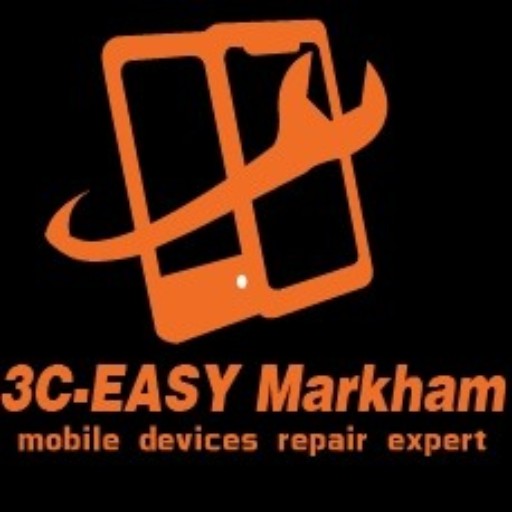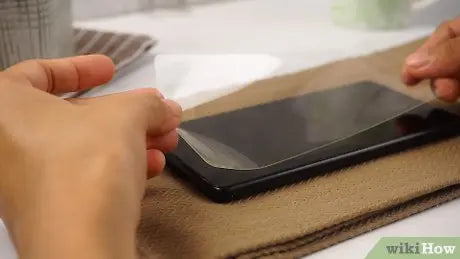Understanding the Differences Between Generic and Branded Glass Screen Protectors
When it comes to protecting your phone screen, the choice between generic and branded glass screen protectors can make a big difference in durability, clarity, and overall experience. In this post, we break down the key differences and compare some popular branded options: ZAGG InvisibleShield, HyperGear, OtterBox, Blu Element, and Pisen.
Generic Glass Protectors
Pros:
-
Affordable: Typically priced between $5–$15, making them budget-friendly.
-
Basic Protection: Provides essential protection against scratches and minor impacts.
-
Easy to Find: Widely available both online and in-store.
Cons:
-
Inconsistent Quality: Quality and fit can vary across batches or sellers.
-
Limited Features: Usually lack advanced functions like blue light filtering or privacy filters.
-
Shorter Lifespan: More prone to peeling, cracking, or yellowing over time.
Generic glass protectors are a practical choice for temporary or budget-conscious users but may require more frequent replacements.
Branded Glass Protectors
Pros:
-
Enhanced Materials: Often made with aluminosilicate or reinforced tempered glass for improved strength.
-
Extra Features: Include blue light protection, fingerprint resistance, and privacy filters.
-
Manufacturer Support: Most branded options come with warranties or replacement programs.
Cons:
-
Higher Cost: Range from $30 to $60, depending on the brand and features.
-
Brand Dependent: Performance and durability vary across manufacturers.
If you’re looking for long-term protection and added features, branded screen protectors are worth the investment.
| Brand | Key Features | Best For | Price Range (CAD) |
|---|---|---|---|
| ZAGG InvisibleShield | - Advanced impact protection (e.g. Glass XTR4) - Blue light filtering, anti-glare, privacy options - Lifetime warranty - ClearPrint™ smudge-resistant tech |
Power users who want top-tier durability, eye comfort, and long-term use | $45–$60 |
| OtterBox | - Drop-rated up to 6ft - Alpha Flex option for shatter resistance - Blue light filter and anti-microbial layers |
Rugged users needing durable protection without sacrificing screen clarity | $40–$60 |
| HyperGear | - 9H hardness, 0.33mm thin - Anti-shatter coating - Easy to apply, fingerprint-resistant |
Value seekers who want protection with minimal bulk | $20–$30 |
| Blu Element | - 9H surface hardness - 2x impact resistance - Edge-to-edge coverage with precision cut |
Mid-range users who want reliable coverage without premium prices | $20–$30 |
| Pisen | - Budget-friendly option - Basic scratch and impact protection - Generally no advanced features - Mixed user feedback on durability |
Budget-conscious users needing temporary or light-use protection | $10–$20 |
Final Thoughts
Choosing the right glass screen protector depends on your priorities. For light users or short-term phone use, generic protectors provide adequate protection at a fraction of the cost. However, if you rely heavily on your device and value additional features, durability, and warranty support, investing in a branded option from ZAGG, HyperGear, OtterBox, Blu Element, or even entry-level branded choices like Pisen is a smarter long-term choice.
Looking for more guidance on tech accessories? Visit our blog for detailed reviews, product comparisons, and expert tips!







